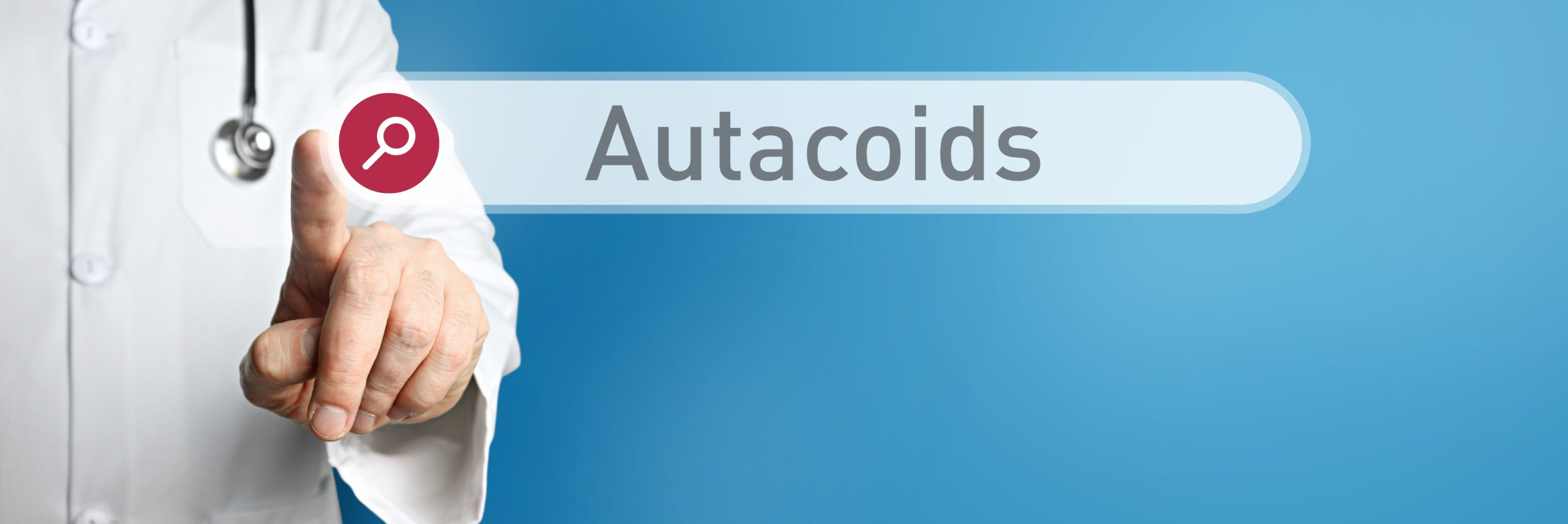Pharmacology of Oxytocin
Oxytocin, a neuropeptide hormone produced by the hypothalamus and secreted by the posterior pituitary gland, has garnered significant attention in recent years due to its diverse physiological and psychological effects.…
Pharmacology of Tocolytic Agents
I. Introduction Tocolytic agents are medications used to inhibit uterine contractions and suppress premature labor, thereby prolonging pregnancy long enough for vital fetal benefits—particularly the administration of antenatal corticosteroids and safe…
Pharmacology of thyroid and antithyroid drugs – an Overview
Physiology of Thyroid Hormones Thyroid Hormone Synthesis The thyroid secretes T4 and T3, the synthesis of which depends on dietary iodine or iodide supplements.- Iodide ion is actively taken up…
Pharmacology of Prostaglandin Analogues
I. Introduction Prostaglandins are autacoids derived from arachidonic acid via the cyclooxygenase pathway and modulate numerous physiological processes—vascular tone, inflammation, gastric cytoprotection, uterine contraction, and intraocular pressure. Prostaglandin analogues are…
Pharmacology of Diphenhydramine
Introduction Diphenhydramine is a prototypical first-generation antihistamine with a long history of clinical use for allergic reactions, insomnia, motion sickness, and a variety of off-label applications. Its popularity in both prescription…
Pharmacology of Levocetirizine
Introduction Levocetirizine is a second-generation antihistamine, serving as the pharmacologically active R-enantiomer of cetirizine. Commonly prescribed for chronic allergic rhinitis and chronic idiopathic urticaria, levocetirizine delivers high efficacy with a…
Pharmacology of Histamine and Antihistamines
Overview Histamine is a ubiquitous biogenic amine that influences vascular tone and permeability, sensory nerve activity (especially itch), airway smooth muscle, gastric acid secretion, and central nervous system arousal. Among…
Histamine and Antihistamines
Introduction Histamine stands as a fundamental mediator in allergic reactions, inflammatory processes, and various physiological functions such as gastric acid secretion and neurotransmission. Endogenously, it is produced and stored predominantly…
Pharmacology of Autacoids
Introduction Autacoids (from the Greek “autos,” meaning self, and “acos,” meaning remedy) are locally acting biological factors that exert diverse physiological and pathophysiological effects. Unlike classical hormones, which are synthesized in specific…
Pharmacology of Adrenaline
Adrenaline, also referred to by its international nonproprietary name epinephrine, is a naturally occurring catecholamine released primarily by the adrenal medulla. As one of the most crucial hormones in the human…
















